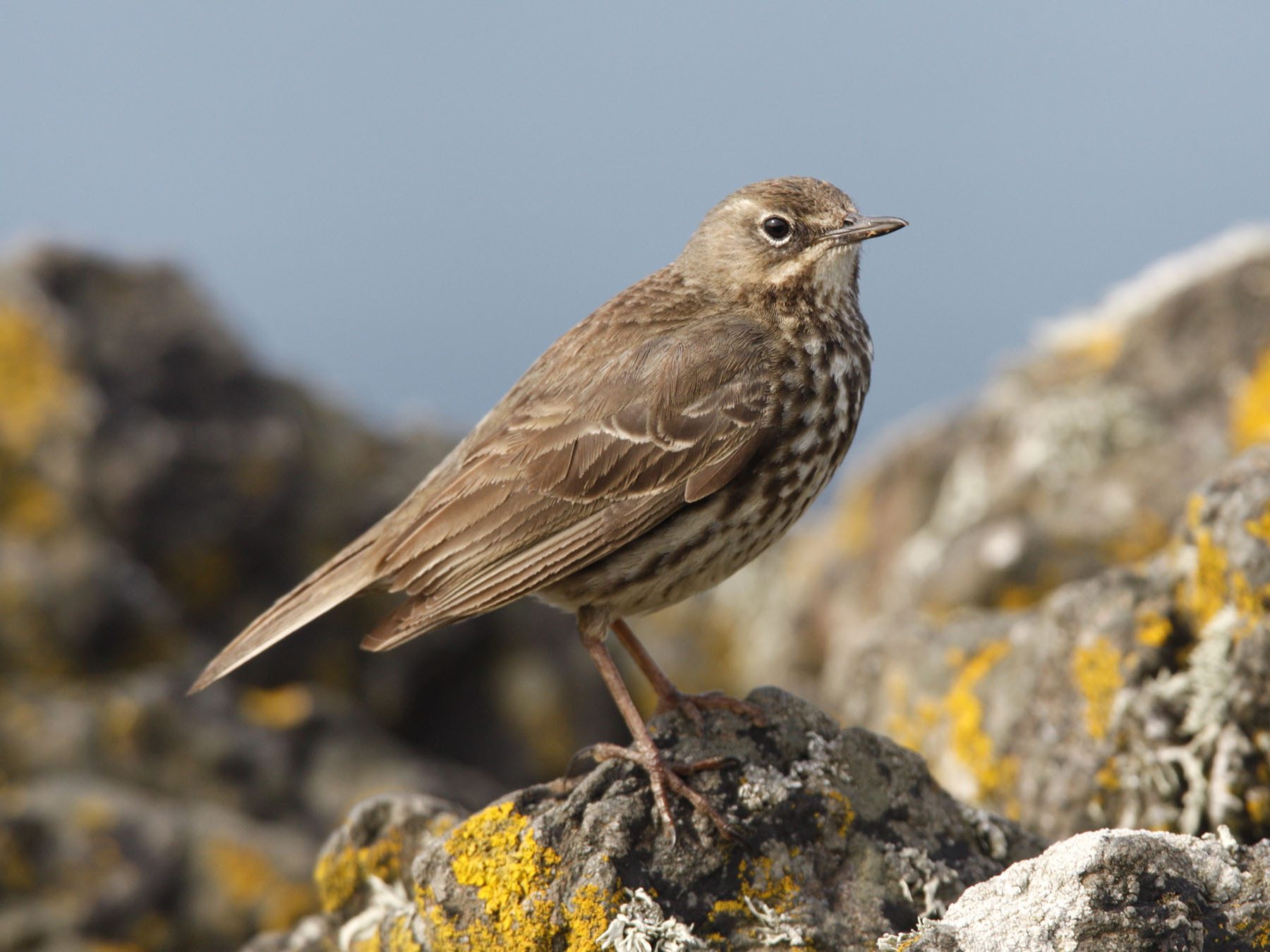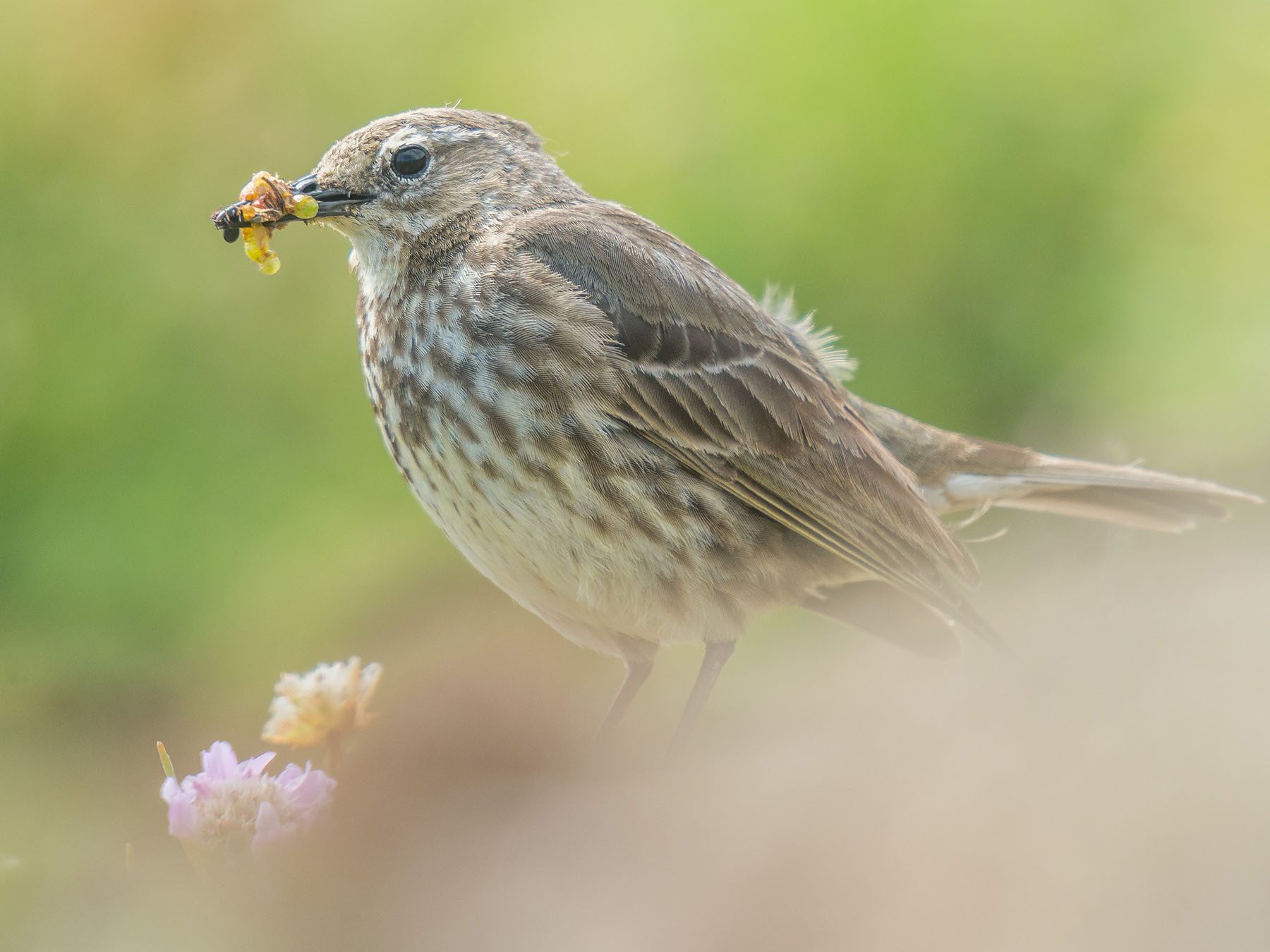Man, I never thought I’d be spending my free time staring at small, grey birds jumping around wet rocks. Seriously. My usual routine involves staring at screens and wrestling with old code. But things change, don’t they?

The whole thing started last winter. I was taking one of those mandatory sanity walks after a totally disastrous software deployment—the kind where you just need to breathe air that doesn’t smell like burnt coffee. I was walking along the estuary, noticing this little bird, kind of dull, always clinging to the slippery seaweed and moving like lightning. I had just always assumed they were everywhere. They’re just there, right?
I mentioned it to my neighbor, old Mrs. Davies, who knows everything about everything local. She told me her granddad used to say that if you could walk the whole length of the beach and only count fifty Rock Pipits, you were having a bad day. Fifty! I figured I’d seen maybe five that morning. That gap—five versus fifty—that just lodged itself right in my brain. I needed to know if they were actually missing, or if Mrs. Davies was just feeling nostalgic.
The Unofficial Pipit Census: How I Started Counting
I decided to get serious. I needed data, not old wives’ tales. I pulled out an old pair of opera glasses I inherited (don’t judge), grabbed a laminated tide chart, and bought a waterproof notebook. My plan wasn’t fancy; I didn’t use any high-tech gear. I just committed to walking the same four-mile stretch of coastline every Saturday morning, regardless of weather, right after the tide had gone out.
I broke the route down into three main observation zones:
- Zone 1 (The Industrial Jetty): Where they forage among the old barnacles and rusted metal.
- Zone 2 (The Rocky Outcrops): Where they perch and scope out the beach.
- Zone 3 (The Shingle Beach Entrance): Where disturbance from dogs and tourists is highest.
I spent the first month just training my eye. It’s harder than you think to spot a bird the colour of wet sand when it’s moving quickly. I started documenting the total count in each zone, plus noting down any obvious signs of human disturbance, like dogs off-leash or excessive litter.

After six weeks of this grind, the numbers were clear. They weren’t low—they were depressingly low. My highest total count across all four miles was 12 individuals. That’s barely a quarter of the minimum Mrs. Davies mentioned.
Digging Up The Real Story
My counts told me they weren’t everywhere, but to confirm if they were “rare,” I needed historical context. I reached out to the local environmental trust. I called the guy who runs their local records, a quiet fellow named Phil. Phil was skeptical at first; he gets weirdos calling him all the time, I guess. But when I sent him my structured, hand-written data sheets, he took me seriously.
Phil provided me with some historical count data for the exact same stretch of coast from 1990 and 2000. That’s when the shock really set in. In 1990, the mean Saturday count for my three zones was 38 birds. In 2000, it had dropped to 25. My average count in 2023? It was hovering around 10 or 11.
This wasn’t a stable population; this was a nosedive. We talked about the reasons. Phil explained that while nationally the bird might be classified as “Least Concern,” locally, they were in trouble. It’s the constant pressure: development pushing their nesting sites, dogs running wild in the high tide roost areas, and coastal defenses changing the foraging habitat.
The Verdict: Rare Locally, Struggling Globally
So, here’s the actual lowdown on the question, “Is the rock pipit rare?”

Nationally, they are not currently classified as rare, but their population trend is definitely heading in the wrong direction. They are listed on the UK Amber list, which means they are facing moderate conservation concern—it’s basically a warning sign that things are getting dicey. The numbers show significant declines across many coastal areas, especially those near busy towns.
But the biggest takeaway for me was realizing that “rare” is relative. On my little patch of coast, they are definitely rare now. They are barely hanging on. When I see one now, I feel like I’m spotting a tiny miracle, not just another common bird.
I keep up the counting now, not just for my own curiosity, but to keep that local pressure on. Phil says my weekly check-ins help them spot sudden changes fast. If you want to know if something is rare, you can’t just read a book; you have to get out there and start counting. That’s the only way to really know what’s going on in your own backyard.
